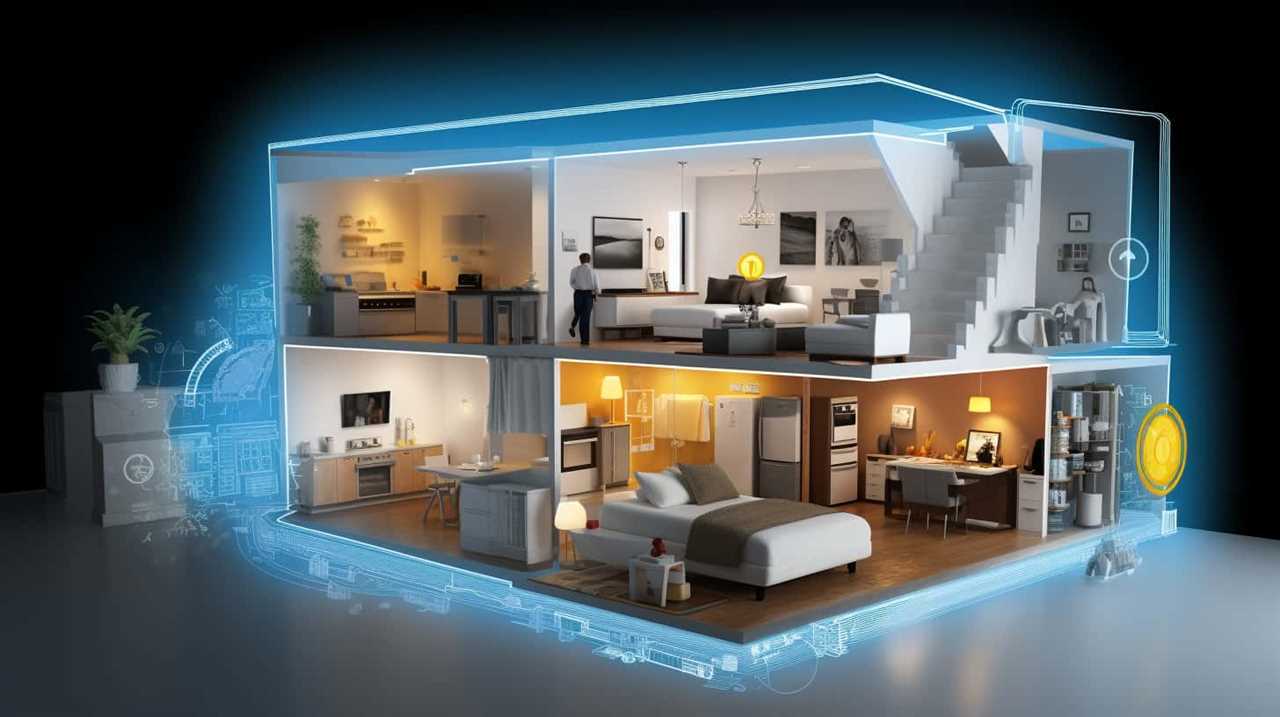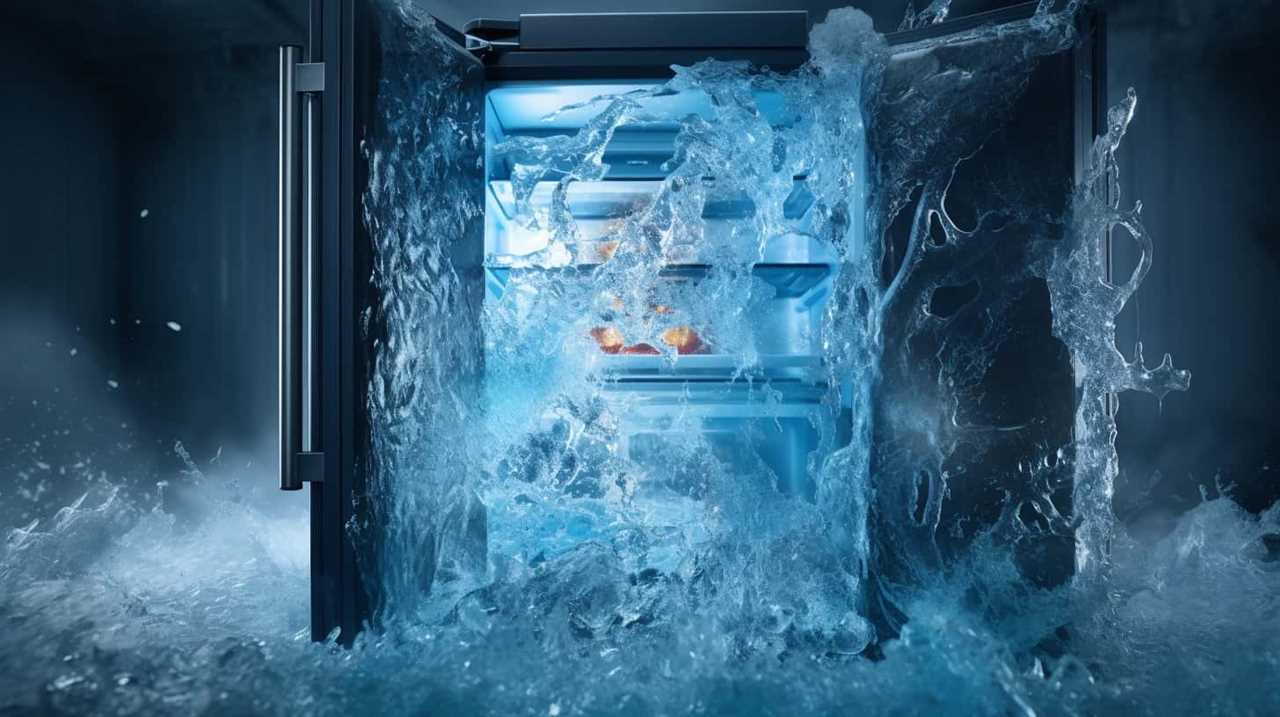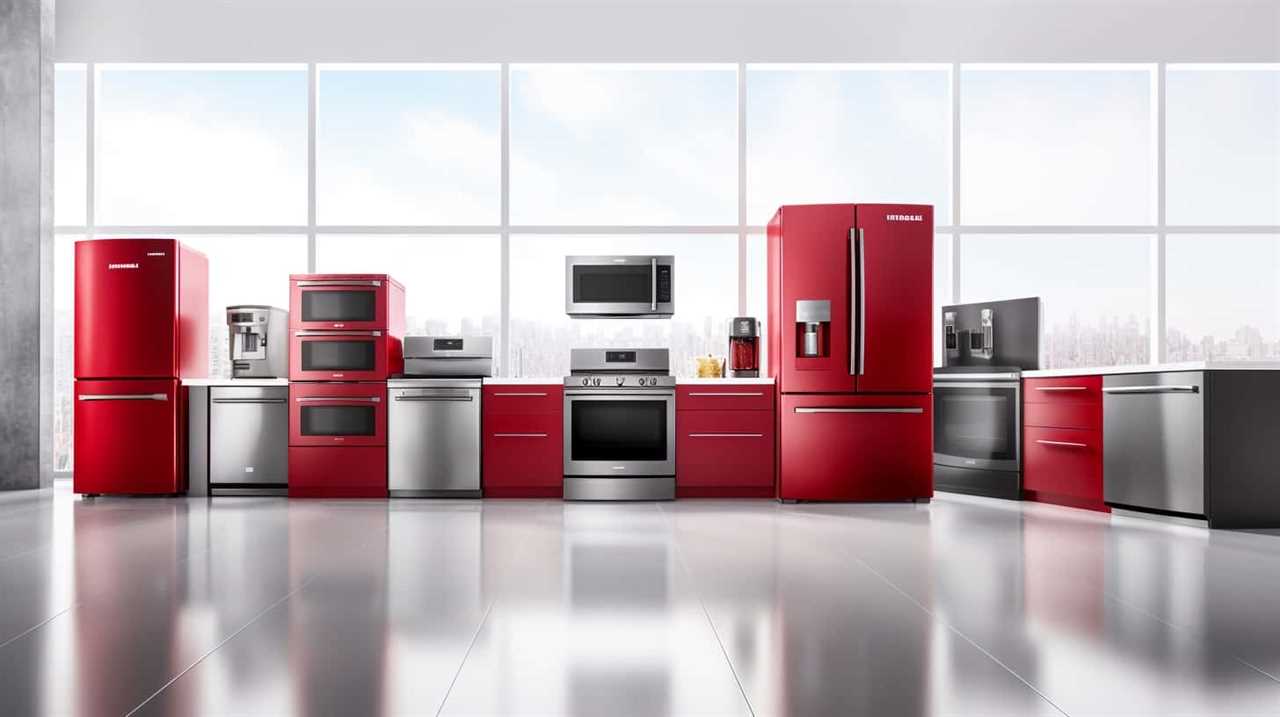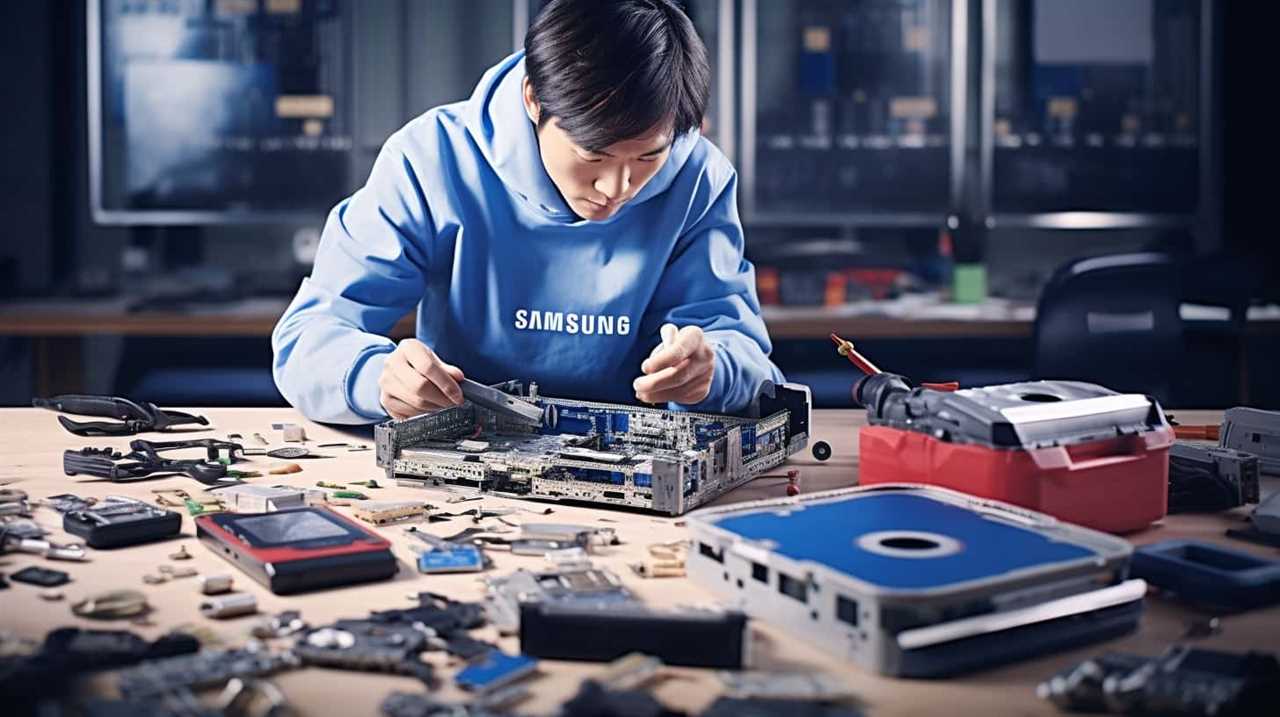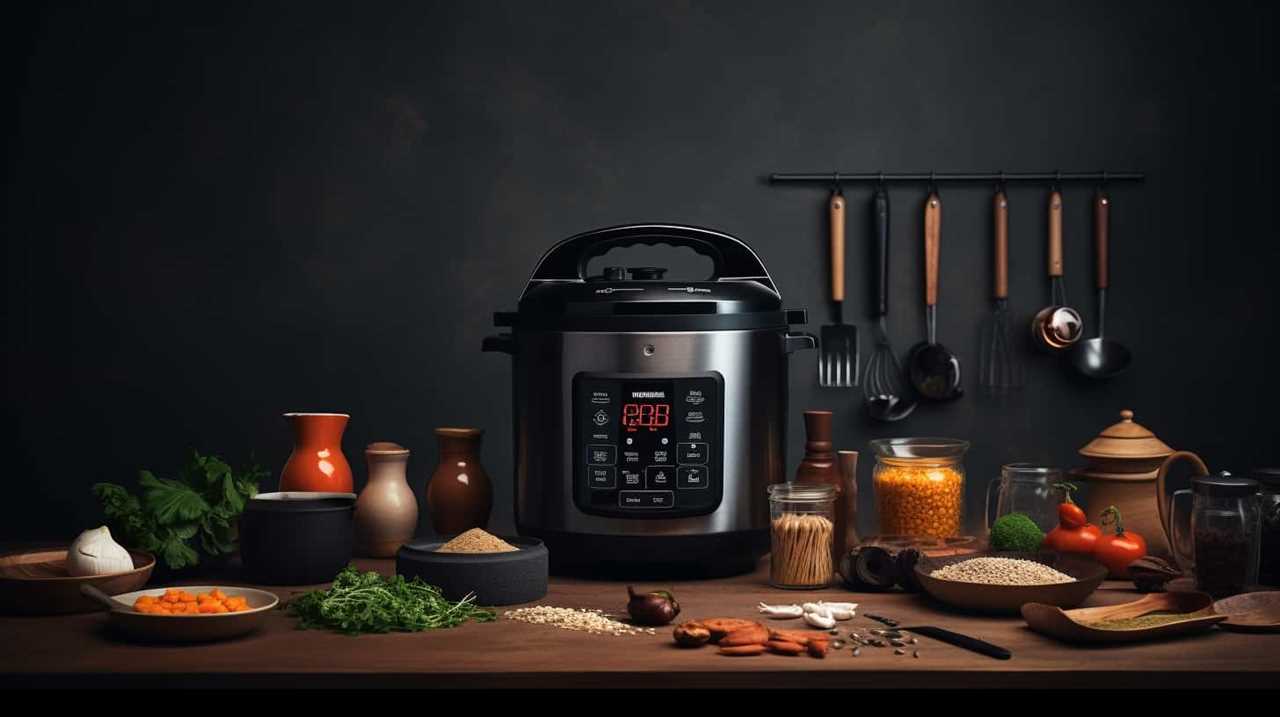Curious to know if your home appliances operate on AC or DC power? We have the information you’re seeking!
In this article, we’ll delve into the basics of AC and DC power, explaining how each type works.
We’ll also explore the common home appliances that run on AC and DC, and discuss the pros and cons of using each type of power.
Get ready to master the world of home appliance power supply!

Key Takeaways
- Home appliances primarily run on AC power.
- AC power is preferred for long-distance transmission and easy integration with the power grid.
- DC power is suitable for powering appliances with motors and is compatible with renewable energy sources.
- AC power is efficient in transmitting electricity over long distances, while DC power has lower transmission losses.
AC Vs. DC: Understanding the Basics
When it comes to understanding the basics of AC vs. DC, we need to differentiate between the two types of electrical current.
AC stands for alternating current, while DC stands for direct current.
AC power transmission involves the flow of electrical energy that periodically changes direction. This type of transmission is commonly used in our homes and businesses, as it allows for long-distance power transmission and is more efficient for high-voltage applications.
On the other hand, DC power transmission involves the flow of electrical energy in only one direction. This type of transmission is often used in electronic devices, such as batteries and computers.

While AC power transmission is more suitable for long-distance transmission, DC power transmission is preferred for smaller-scale applications due to its reliability and ability to provide a constant source of power.
How AC Power Works
Let’s now explore how AC power works.
Alternating current, or AC, is a type of electrical current that constantly changes direction. It’s produced by generators and is widely used to power home appliances.
Understanding how AC power works is crucial in comprehending the advantages it offers in terms of efficient transmission and distribution over long distances.
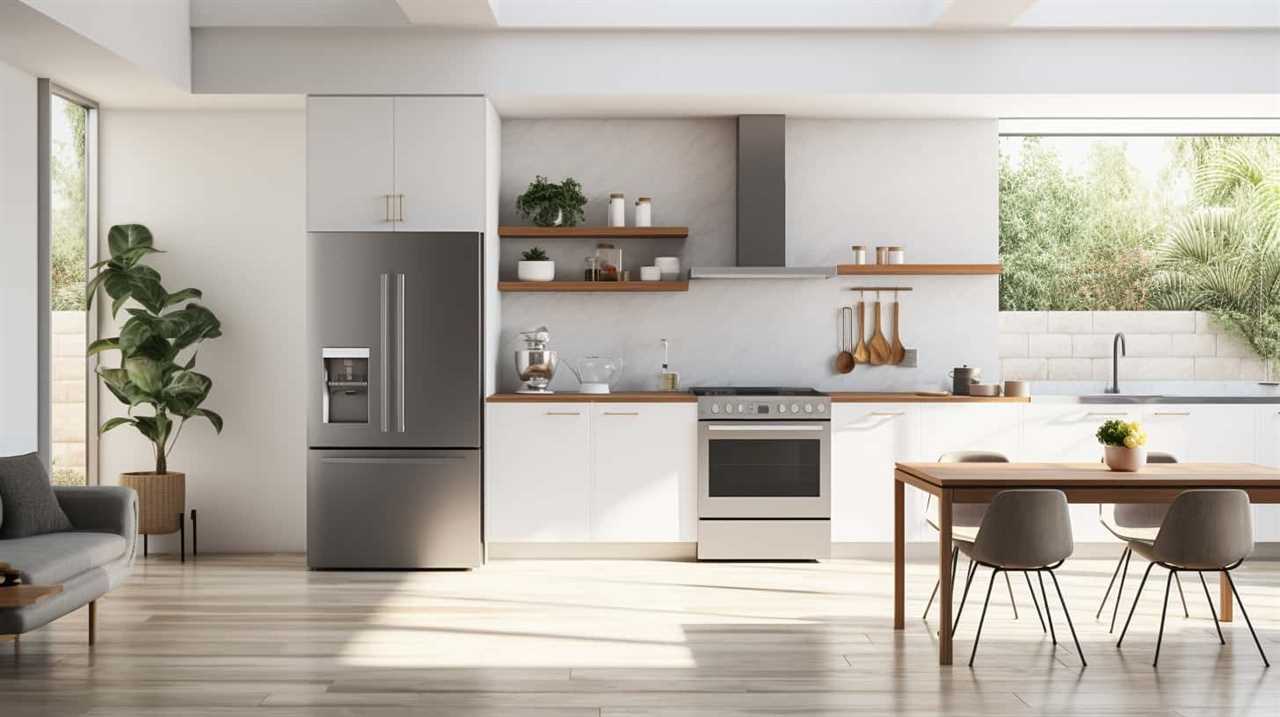
Alternating Current Basics
We rely on alternating current (AC) power to operate our home appliances. AC power is characterized by its alternating voltage waveform, which continually changes direction and magnitude. The frequency of the alternating current is the number of complete cycles it completes per second, measured in Hertz (Hz). In most countries, the standard frequency is 50 or 60 Hz.
The voltage waveform of AC power is sinusoidal, meaning it follows a smooth, repetitive pattern resembling a sine wave. This wave shape allows for efficient transmission and distribution of electricity over long distances and enables the use of transformers to step up or step down voltage levels.
Understanding these basics of AC power is crucial in appreciating the advantages it offers.
AC Power Advantages
AC power offers numerous advantages in the operation of our home appliances. One of the key advantages is its efficiency. AC power is highly efficient in transmitting electricity over long distances, which is crucial for providing power to our homes. This efficiency is achieved through the use of transformers, which can step up or step down the voltage as needed.
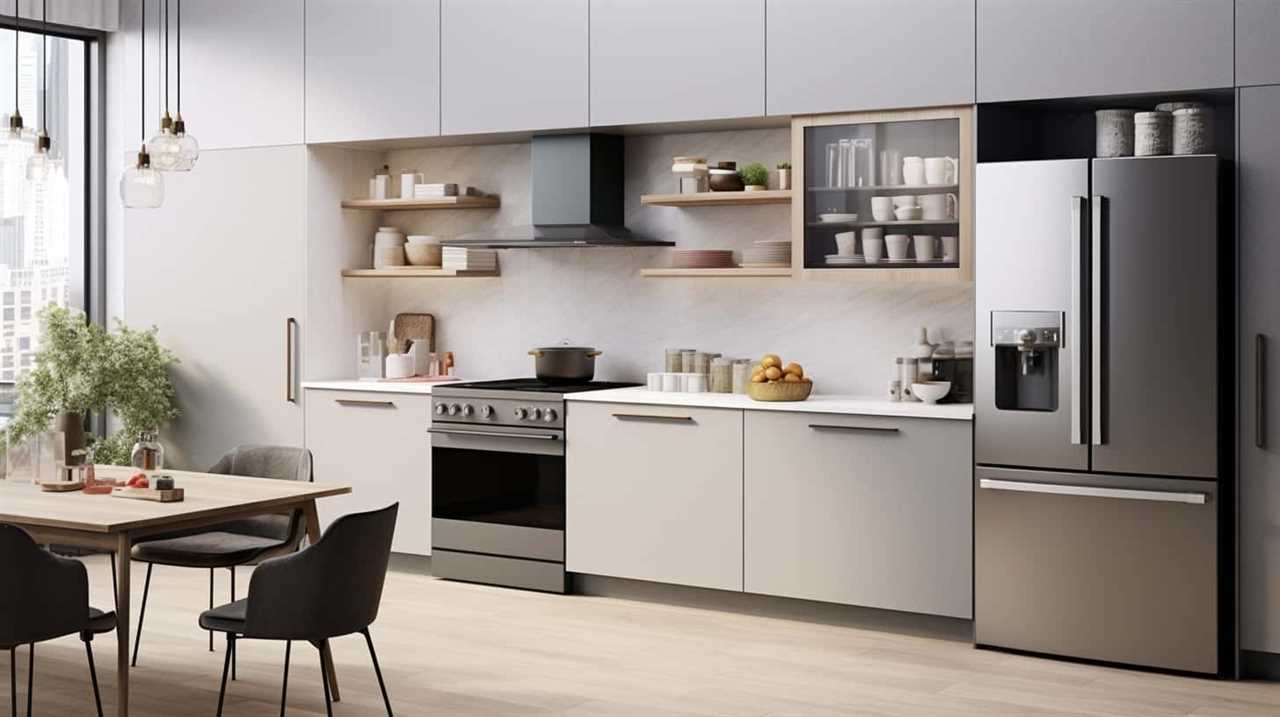
AC power transmission is also more reliable compared to DC power transmission. It is less prone to losses and can easily be converted to different voltages, making it adaptable to various appliances. Additionally, AC power allows for easy integration with the power grid, enabling us to receive electricity from the utility company.
To better understand the advantages of AC power, let’s take a look at the following table:
| Advantages of AC Power |
|---|
| High efficiency |
| Reliable transmission |
| Integration with grid |
| Voltage conversion |
How DC Power Works
Now, let’s shift our focus to how DC power works.
DC power, or direct current, is the flow of electric charge in one direction. Unlike AC power, which continuously changes direction, DC power provides a constant flow of electrons.

Understanding the basics of direct current and its applications will help us better grasp the role it plays in powering various home appliances and electronics.
DC Vs. AC Power
The efficiency of power transmission and consumption is influenced by the difference between direct current (DC) and alternating current (AC).
DC power flows in only one direction, while AC power alternates in direction periodically.
When it comes to DC vs. AC power, AC has several advantages.

Firstly, AC power is more efficient for long-distance transmission because it can be easily stepped up or down using transformers. This allows for lower transmission losses compared to DC power.
Secondly, AC power is safer for humans due to its ability to be easily controlled and switched off.
Finally, AC power is more suitable for powering appliances that rely on motors, such as refrigerators and air conditioners, as AC motors are simpler and more cost-effective.
Understanding the differences between DC and AC power is crucial for achieving efficient power transmission and consumption.

Direct Current Basics
To understand how DC power works, let’s delve into the basics of direct current. Here are three key points to grasp the concept of DC power:
- Unidirectional Flow: Direct current, as the name suggests, flows in one direction only. It maintains a constant polarity, allowing for a steady and reliable current flow.
- Voltage Levels: DC power typically operates at lower voltage levels compared to AC power. This makes it suitable for various applications such as battery-powered devices, electronics, and telecommunications.
- Benefits of DC Power: DC power offers several advantages, including higher energy efficiency, reduced transmission losses, and compatibility with renewable energy sources like solar panels and wind turbines. Additionally, DC power enables better integration with energy storage systems, making it ideal for off-grid and microgrid applications.
Understanding the basics of direct current lays the foundation for comprehending its applications and the benefits it brings to various industries and technologies.
Applications of DC Power
Moving forward, let’s explore how DC power works and its applications in various industries and technologies.
DC power, or direct current power, is the flow of electric charge in a single direction. One of the key benefits of using DC power is its ability to store and provide energy efficiently. This makes it ideal for applications such as batteries, renewable energy systems, and electric vehicles.

DC power is also used in telecommunications, where it’s used to power devices such as routers and switches. In addition, many electronic devices, such as computers and smartphones, require DC power to function.
DC power is used extensively in industrial settings, powering machinery and equipment. Its reliability and stability make it a preferred choice in these applications.
Common Home Appliances That Run on AC
We often rely on common home appliances that run on AC for our daily needs. AC power, or alternating current, is the type of electricity that’s commonly used in our homes and buildings.
Here are three examples of common home appliances that run on AC:

- Air Conditioner: AC power is used to run the compressor and fan motors in an air conditioner. This allows the appliance to cool the air in our homes, providing comfort during hot weather.
- Refrigerator: AC power is used to run the compressor and motor in a refrigerator. This keeps our food fresh and prevents it from spoiling by maintaining a cool temperature.
- Washing Machine: AC power is used to run the motor and control the functions of a washing machine. This allows us to clean our clothes efficiently and effectively.
These appliances, among others, rely on AC power for their operation due to its advantages over DC power, such as ease of transmission over long distances and the ability to change voltage levels using transformers.
Common Home Appliances That Run on DC
Now, let’s delve into the common home appliances that run on DC, continuing our discussion from the previous subtopic.
When it comes to DC-powered appliances, two main categories come to mind: solar-powered appliances and battery-operated appliances.
Solar-powered appliances utilize photovoltaic cells to convert sunlight into electric energy, which is then stored in batteries for later use. These appliances include solar panels, solar water heaters, and solar-powered lights.

On the other hand, battery-operated appliances rely on rechargeable batteries for their power source. Examples of battery-operated appliances include cordless phones, laptops, and handheld vacuum cleaners.
It’s worth noting that while DC-powered appliances offer energy efficiency and environmental benefits, they may require specific installation or maintenance considerations.
Pros and Cons of AC and DC for Home Appliances
Continuing our exploration of home appliances that run on DC, let’s now examine the pros and cons of AC and DC for these appliances.
- Efficiency: One advantage of DC power is its higher efficiency compared to AC power. DC power doesn’t experience power losses due to the oscillations in the current, making it more efficient for certain appliances.
- Compatibility: While DC power is more efficient, AC power is more compatible with the existing power grid infrastructure. Most homes are designed to receive AC power, and converting to DC power would require significant changes.
- Flexibility: AC power allows for easy voltage transformation, which is essential for transmitting electricity over long distances. DC power, on the other hand, is better suited for low-voltage applications, such as small electronic devices and battery-powered appliances.
Considering the efficiency comparison of AC and DC power, it’s important to weigh the advantages and disadvantages when choosing the suitable power source for home appliances.
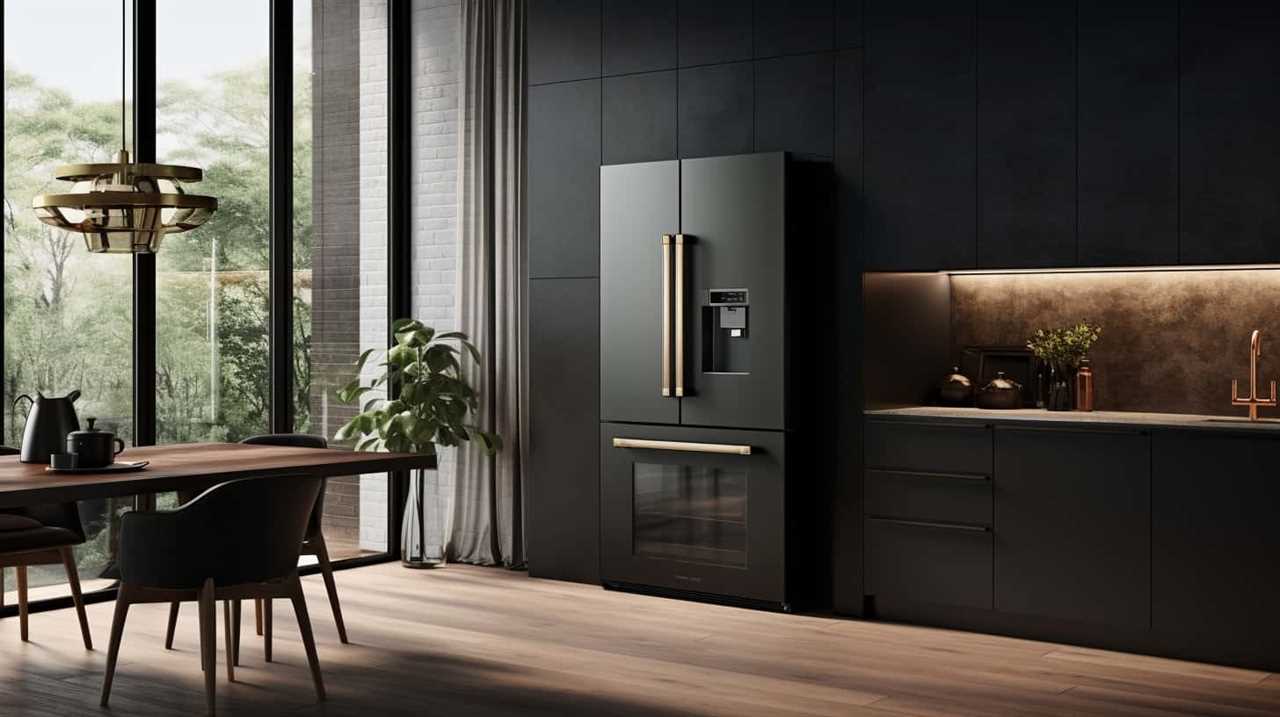
Frequently Asked Questions
Can Home Appliances Be Powered by Both AC and Dc?
Home appliances can be powered by both AC and DC. There are advantages to using DC power, such as increased energy efficiency and the ability to integrate with renewable energy sources. Potential future developments include more DC-powered appliances and smart grid technologies.
Are There Any Safety Concerns When Using Home Appliances That Run on Dc?
There are potential fire hazards and electrical shock risks when using home appliances that run on DC. It is important to be aware of these safety concerns and take necessary precautions to mitigate them.
Can Home Appliances That Run on DC Be More Energy-Efficient Than Those That Run on Ac?
DC vs AC: Which type of power is more efficient for home appliances? The impact of energy efficiency in home appliances on electricity bills. DC appliances can be more energy-efficient due to reduced power loss in conversion.
Are There Any Limitations or Compatibility Issues When Using Dc-Powered Home Appliances?
There can be compatibility limitations when using DC-powered home appliances, but the advantages of DC power, such as increased energy efficiency, make them a viable option.
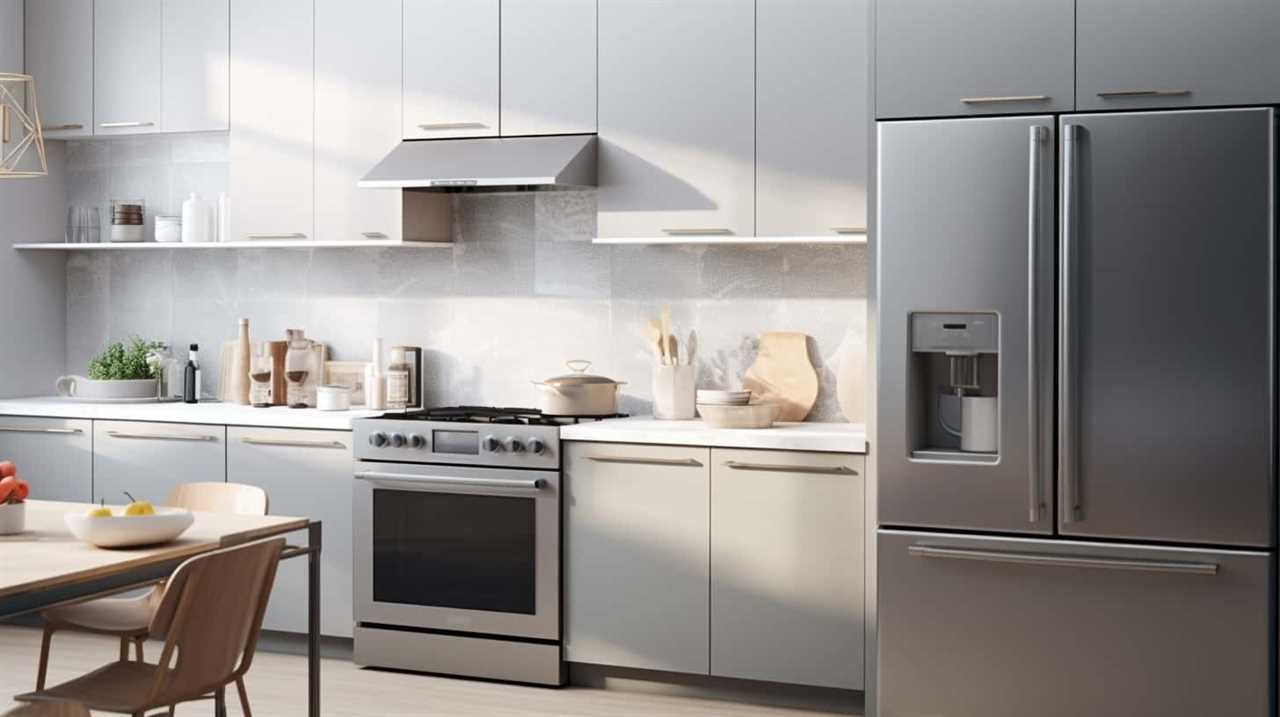
Can Ac-Powered Home Appliances Be Converted to Run on DC Power?
Converting AC-powered appliances to run on DC power is possible, but it requires specialized equipment and knowledge. However, there are advantages to using DC-powered appliances, such as increased energy efficiency and compatibility with renewable energy sources.
Conclusion
In conclusion, understanding whether home appliances run on AC or DC is essential for maintaining and operating them efficiently.
While most common home appliances, such as refrigerators and air conditioners, run on AC power, there are also some appliances, like smartphones and laptops, that use DC power.
Both AC and DC have their pros and cons, and it’s important to consider these factors when choosing appliances for your home.

By knowing the basics of AC and DC power, you can make informed decisions and ensure the smooth functioning of your appliances.
